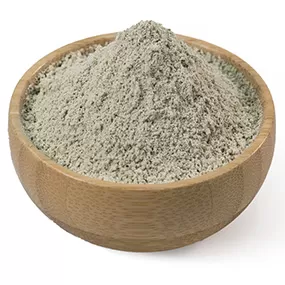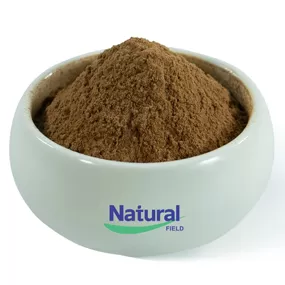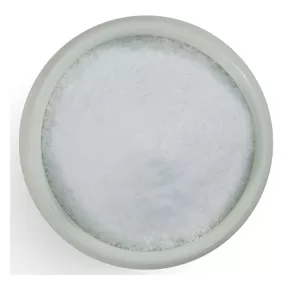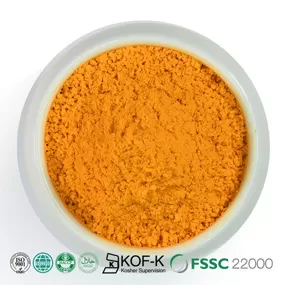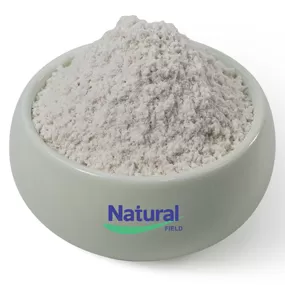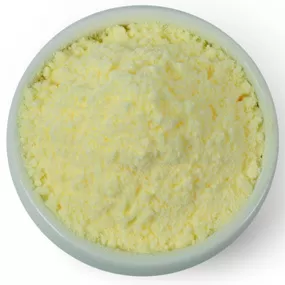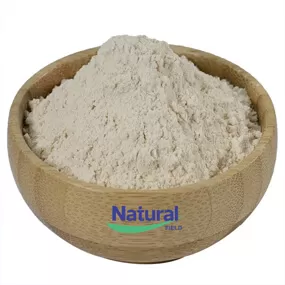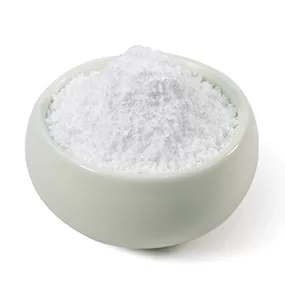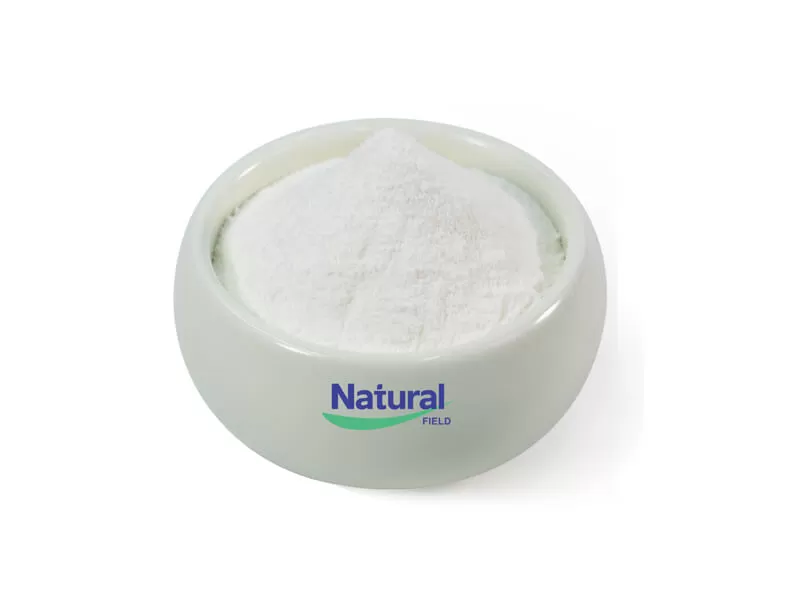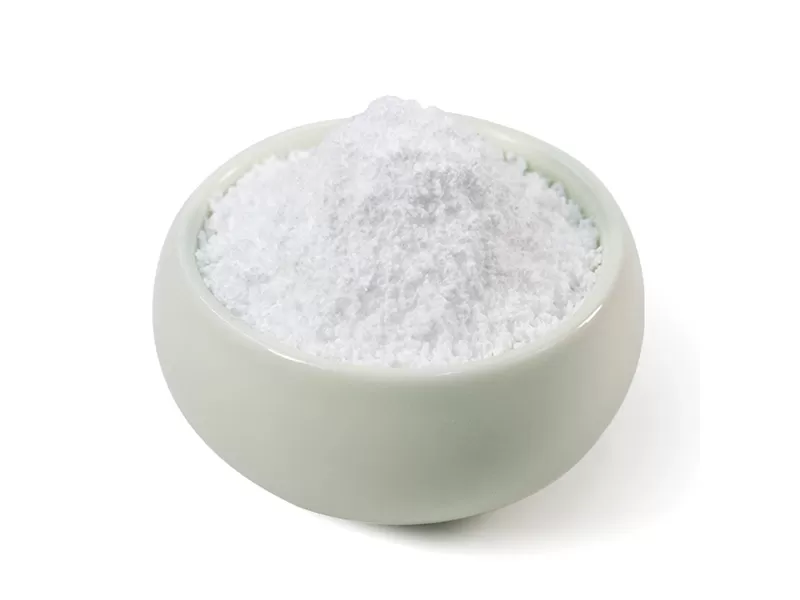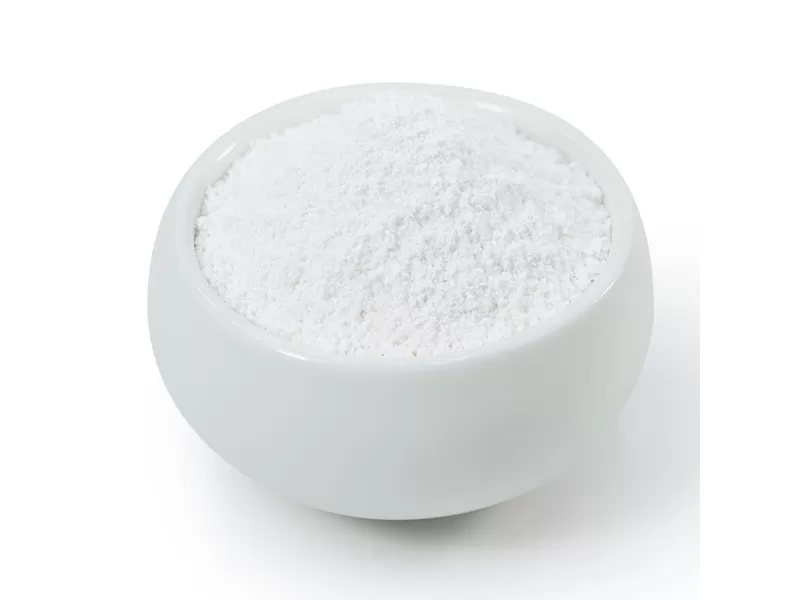Linz University Study Reveals Mechanism of Fisetin in Inhibiting Vascular Smooth Muscle Cell Calcification
Recently, researchers from Linz University published a significant study in the journal Aging, uncovering the mechanism by which fisetin inhibits vascular smooth muscle cell (VSMC) calcification. The study found that fisetin increases the protein expression levels of dual-specificity phosphatase 1 (DUSP1) in VSMCs, thereby inhibiting the pro-calcification p38 MAPK signaling pathway. This discovery offers a new therapeutic target for preventing and treating cardiovascular diseases such as atherosclerosis.

The Complex Process of Vascular Calcification
Vascular calcification (VC) is a complex process that ultimately leads to the deposition of calcium phosphate in the vascular walls. VSMCs play a crucial role in this process. VC increases vascular stiffness and raises pulse pressure, leading to impaired organ perfusion and increased left ventricular afterload. In aging or diseased conditions, the body’s natural mechanisms to inhibit calcification weaken, and pro-calcification activities in the aortic tissue intensify. Fisetin has been shown to extend the lifespan of mice and improve atherosclerosis, demonstrating significant vascular protective potential.
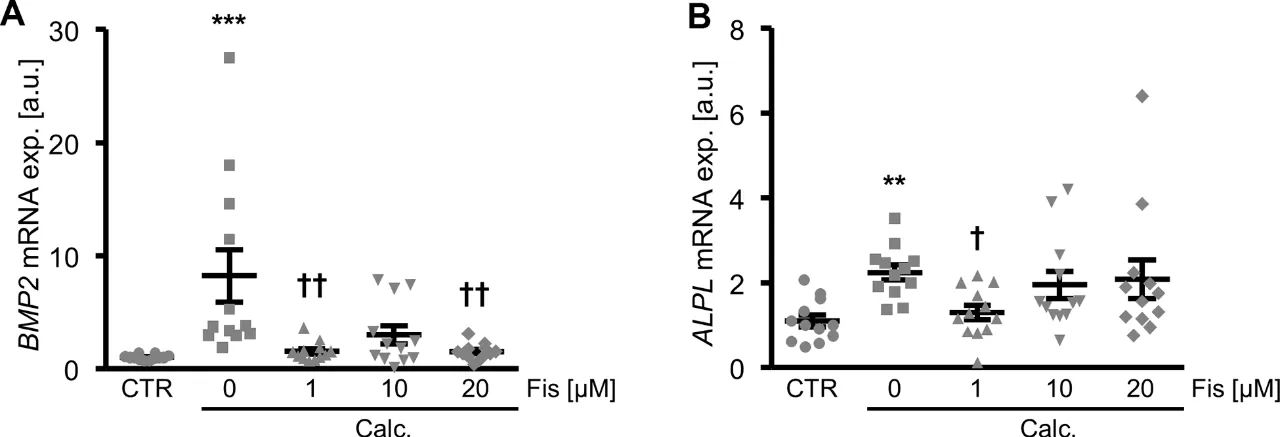
Experimental Design and Results
Researchers cultured primary human aortic VSMCs under control or pro-calcification conditions and added varying concentrations of fisetin (0-20 μM). The results showed that even at 1 μM, fisetin significantly inhibited the expression of calcification markers in VSMCs. Phosphate has a noticeable stimulatory effect on VSMCs and VC, possibly through the formation of calcification protein particles. Elevated phosphate levels induce metabolic changes, increase oxidative stress, and activate inflammatory pathways to promote pro-calcification signaling in VSMCs.
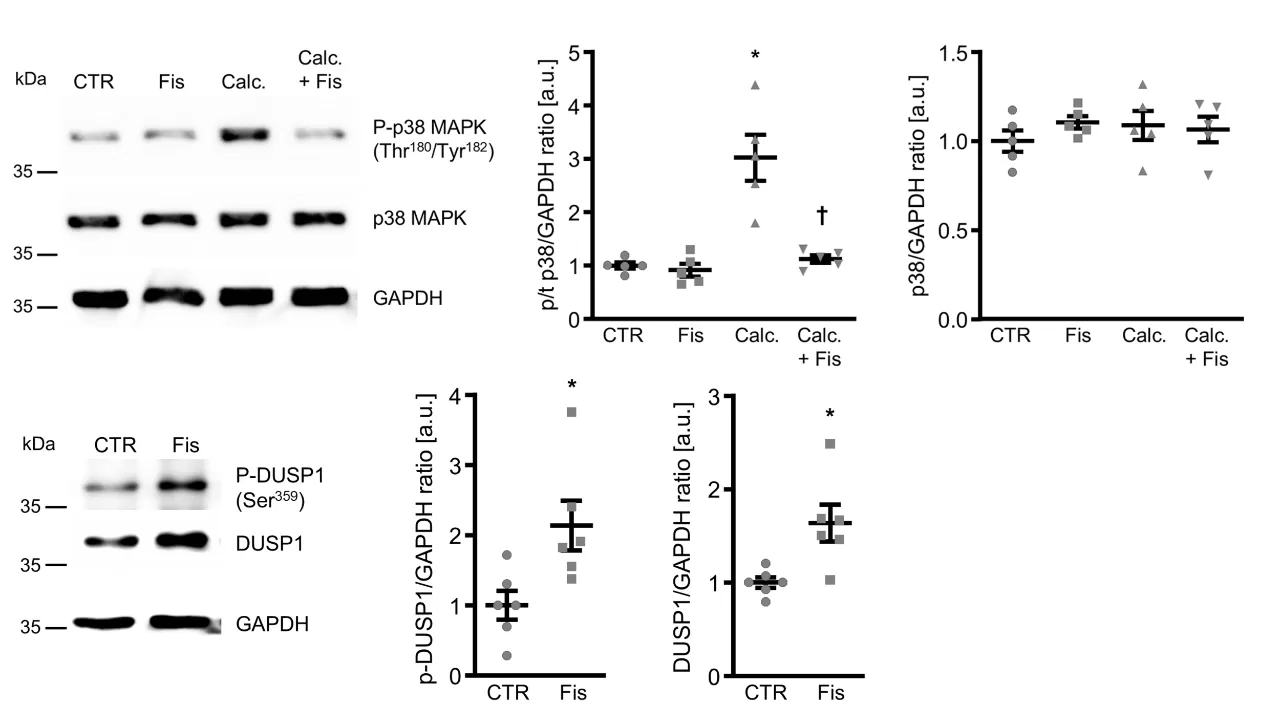
The study also revealed that fisetin significantly inhibited the phosphorylation of p38 MAPK induced by the calcification medium in VSMCs and significantly upregulated the activity of DUSP1, a negative regulator of p38 MAPK activity. This elucidates the mechanism by which fisetin inhibits vascular calcification.
Multiple Health Benefits of Fisetin
Fisetin, also known as a flavonoid, is a natural dietary compound found in various fruits and vegetables such as strawberries, apples, and persimmons. It has multiple health benefits, including antioxidant, anti-inflammatory, blood sugar regulation, and neuroprotective effects, making it a promising core ingredient for functional foods, pharmaceuticals, and plant-based innovations.

Anti-inflammatory: Fisetin and its derivatives inhibit inflammation by reducing LPS-induced NF-κB activation and the production of pro-inflammatory markers.
Antioxidant: Fisetin enhances antioxidant capacity by scavenging free radicals, inhibiting lipid peroxidation, and regulating the activity of antioxidant enzyme systems.
Anti-aging: Fisetin effectively clears senescent cells, delays aging processes, and improves age-related symptoms.
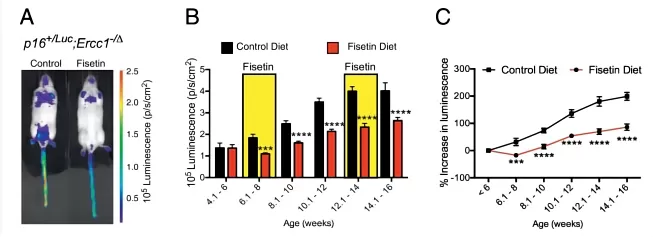
Neuroprotection: Fisetin promotes cell survival by activating ERK and inducing cAMP response element-binding protein phosphorylation, thereby enhancing memory and supporting neuron survival.
Market Trends for Fisetin
As a natural antioxidant and anti-aging ingredient, fisetin shows broad application prospects in dietary supplements, pharmaceuticals, cosmetics, food, and beverages. Health-conscious consumers, the aging population, athletes, and cognitive health enthusiasts are the primary consumer groups for fisetin. According to Wise Guy Reports, the global fisetin market size is expected to grow from 7.77billionin 2024 to 15.57 billion by 2032, with a compound annual growth rate of approximately 9.08%. The North American and European regions currently hold the largest market share and are expected to remain the major contributors in the near term.
This study not only reveals the key mechanism by which fisetin inhibits vascular calcification but also highlights its potential in various health domains, paving the way for its future role in cardiovascular disease prevention and treatment.


 EN
EN








